Disclosure: This article contains affiliate links. We may earn a commission from purchases at no extra cost to you, which helps our travel content.
I've always believed that the soul of a place lives in its kitchens. Not the polished restaurants with their carefully curated ambiance, but the humble, family-run establishments where recipes have been passed down through generations, each carrying stories as rich as their flavors. Lelydorp—Suriname's second-largest town just 20 kilometers south of Paramaribo—isn't on most travelers' radar. But this unassuming community holds culinary treasures that tell the complex story of Suriname's cultural tapestry better than any history book. During my recent weekend exploration, I discovered how this small town has become a microcosm of Suriname's remarkable diversity, where Javanese warung cafés sit beside Creole food stalls and Indigenous flavors blend with Chinese culinary traditions. What makes Lelydorp special isn't fancy dining—it's the authentic, budget-friendly food experiences created by families who have perfected their craft over decades, often in spaces that could easily be mistaken for someone's home. Because, in many cases, they are.
The Javanese Heart of Lelydorp
The morning sun had barely risen when I found myself following the intoxicating aroma of spices to a small warung on the eastern edge of town. Warung Soeki doesn't announce itself with flashy signs—just a humble wooden structure with a few plastic chairs scattered across the porch. Inside, I met Ibu Mina, a third-generation Javanese Surinamese woman whose grandparents arrived as contract laborers in the early 1900s.
'My grandmother taught me everything,' she explained while expertly flipping dough for her legendary baka bana (fried plantain fritters). 'Not just recipes, but how food preserves who we are.'
Her bami goreng—stir-fried noodles with vegetables and chicken—carried subtle differences from versions I'd tried in Indonesia. When I mentioned this, she smiled knowingly.
'We adapted to what ingredients we could find here. Now it's not Indonesian anymore, but Surinamese-Javanese.'
The standout dish was her saoto soup—a fragrant chicken broth with vermicelli noodles, shredded chicken, hard-boiled egg, and fried shallots. As I sipped the complex, comforting broth, I watched locals arrive with their own containers for takeaway, exchanging neighborhood news with Ibu Mina. This wasn't just a place to eat—it was a community gathering spot where Javanese heritage continues to thrive through daily rituals of food and conversation.
I captured the moment using my travel tripod, which has become essential for documenting these intimate food experiences without disrupting the natural atmosphere.
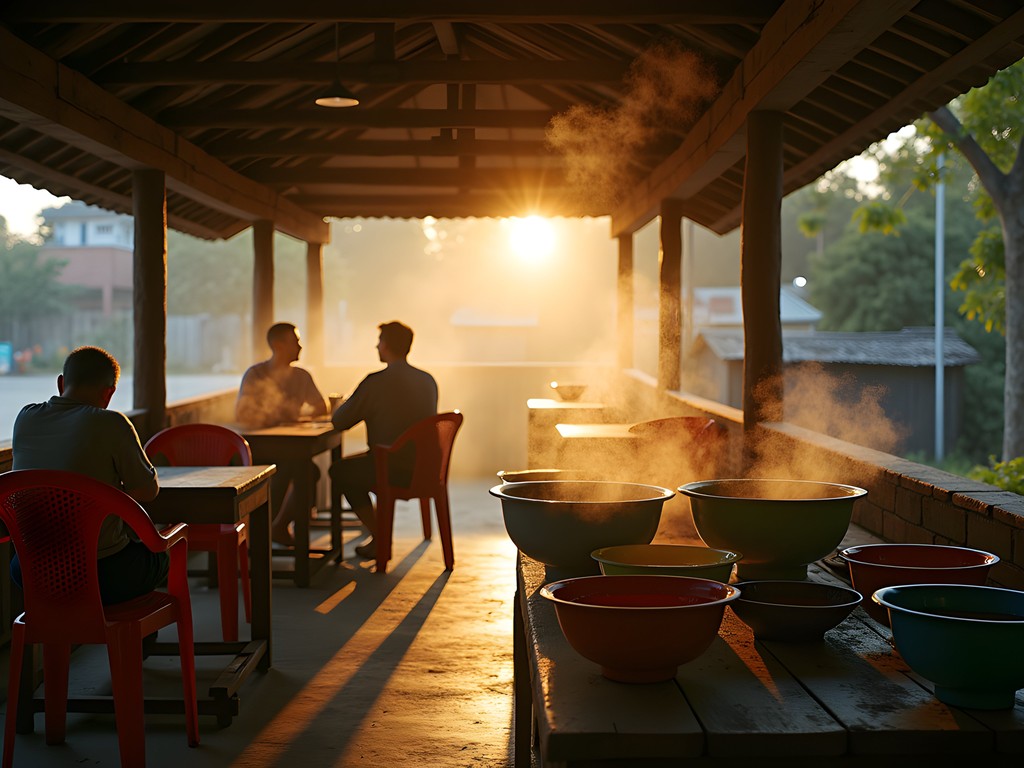
💡 Pro Tips
- Visit warung cafés between 6-8am for the freshest morning specialties
- Look for places where locals bring their own containers—it's a sign of quality
- Try saoto soup with sambal (chili paste) on the side to adjust spice levels to your preference
Roti Shops: Where Indian Traditions Meet Creole Flavors
By mid-morning, Lelydorp's main street pulses with activity, and no culinary exploration would be complete without visiting one of the town's celebrated roti shops. Roti—the flaky flatbread with roots in Indian cuisine—has evolved into something uniquely Surinamese through generations of adaptation.
'Our family has been making roti for four generations,' explained Vidya, the matriarch of Roopram Roti Shop, as she expertly rolled out dough with practiced movements. 'When our ancestors came from India as indentured laborers, they brought these recipes, but over time, we incorporated local ingredients.'
The dal puri roti—stuffed with ground yellow split peas and wrapped around curried chicken, potatoes, and green beans—reveals this cultural fusion. The curry carries subtle differences from its Indian counterparts, with Surinamese influences evident in the balance of spices.
What makes Lelydorp's roti shops special is their unpretentious authenticity. At Roopram, plastic chairs and formica tables create a no-frills setting where everyone—from construction workers to government officials—sits elbow to elbow, united by their appreciation for perfectly executed comfort food.
I couldn't resist ordering their specialty: duck curry roti. The tender meat, slow-cooked until it barely clung to the bone, carried complex layers of flavor that spoke to the careful balance of spices and technique refined over decades.
'The secret is patience,' Vidya confided. 'Good curry can't be rushed. That's something my grandmother taught my mother, who taught me.'
While eating, I documented the experience in my travel journal, which has become indispensable for capturing sensory details and recipes I hope to recreate at home.
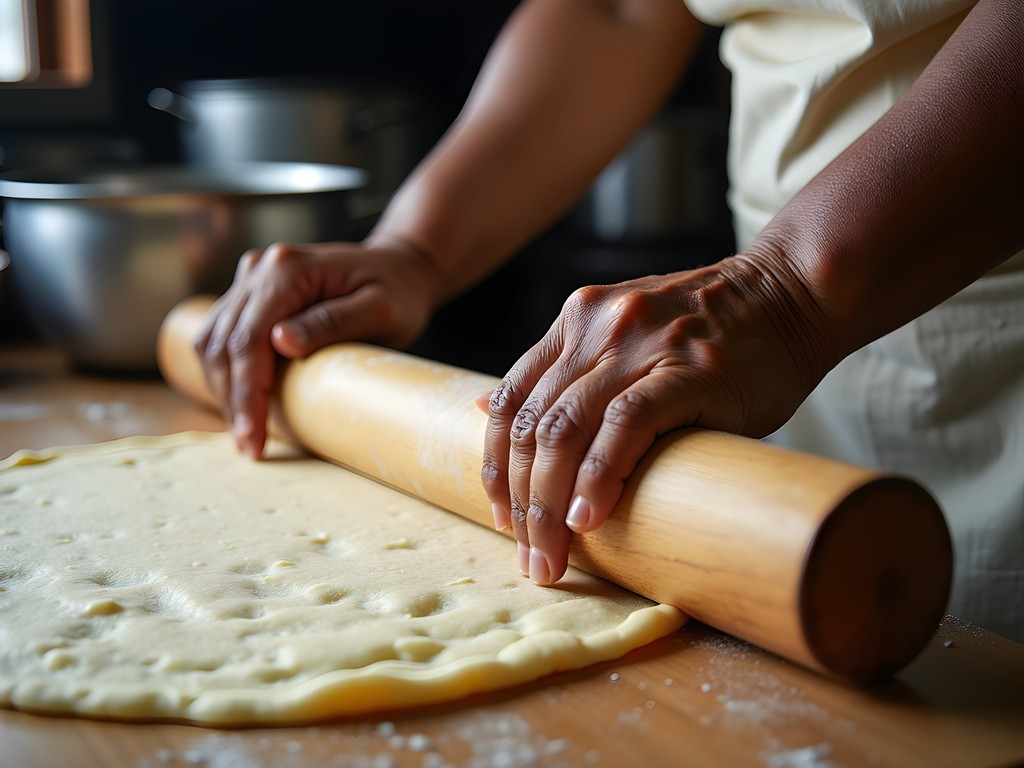
💡 Pro Tips
- Visit roti shops between 11am-1pm when the bread is freshest
- Don't be afraid to eat with your hands—it's the traditional way
- Order a side of extra tamarind chutney—it perfectly balances the rich curry flavors
Market Day: A Symphony of Street Food
Timing my visit to coincide with Lelydorp's Saturday market was perhaps my wisest decision. By 7am, the normally quiet town center transforms into a vibrant tapestry of food stalls, each representing different facets of Suriname's cultural heritage.
'Our market has been happening every Saturday for over 70 years,' explained Theo, a local historian I met while sampling pom—a traditional Creole dish of chicken and taro root. 'During colonial times, this was where different communities could gather and share their food traditions.'
The market's layout itself tells a story—Javanese vendors cluster near the eastern entrance, while Creole food dominates the center, and Chinese-Surinamese stalls line the western edge. This unconscious organization reflects the town's historical settlement patterns.
I spent hours wandering between stalls, sampling small portions to experience the full spectrum of flavors. Standouts included baka bana (fried sweet plantains), peanut soup with tomtom (pounded plantain), and the most extraordinary bara (fried split pea fritters) served with fiery chutney.
At a modest stall run by an elderly Maroon woman named Ma Esi, I discovered the most remarkable dish of my visit—a cassava-based soup called kasiri with smoked fish and forest herbs I couldn't identify.
'These herbs come from deep in the interior,' she told me. 'My grandmother taught me which ones to gather. Not many young people know anymore.'
The conversation highlighted something I've observed worldwide—how traditional food knowledge is often just one generation away from being lost. Ma Esi's granddaughter, helping at the stall, confessed she hadn't learned all the recipes yet.
'I'm trying to document everything,' she said, showing me notes on her phone. 'These flavors are our heritage.'
I couldn't agree more. As a designer who's documented vernacular architecture, I see parallel importance in preserving culinary traditions—both are cultural expressions shaped by available materials, historical influences, and ingenious adaptation.
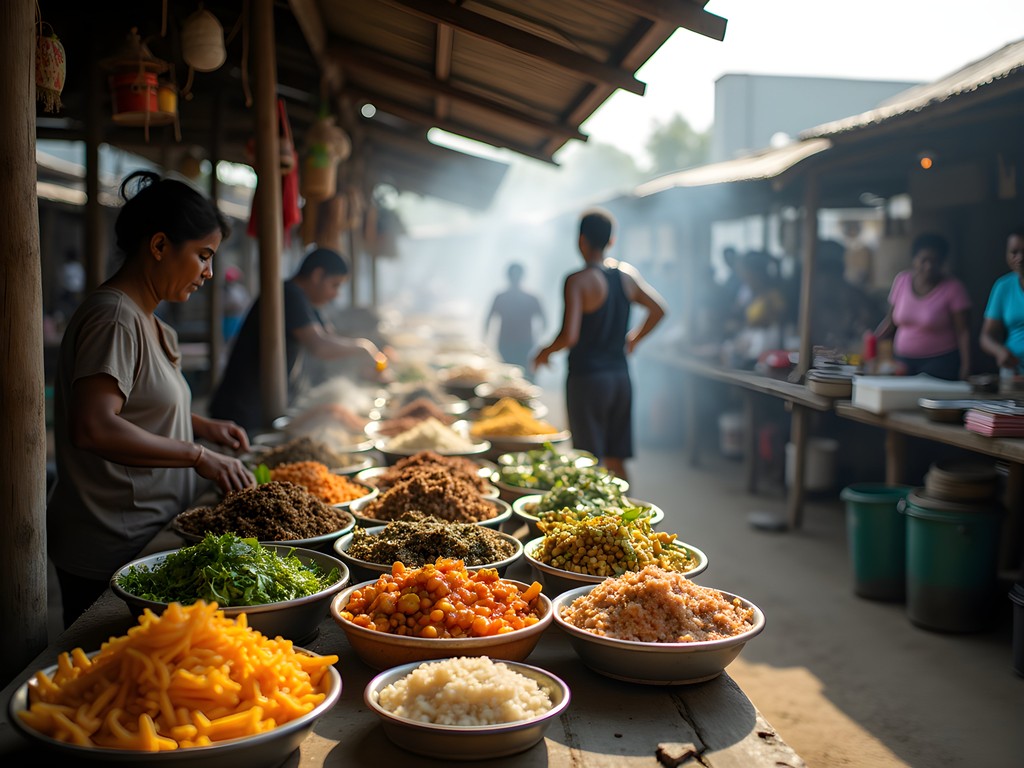
💡 Pro Tips
- Arrive early (before 8am) when the market is less crowded and food is freshest
- Bring small bills as vendors rarely have change for larger denominations
- Ask vendors about the history of their dishes—many have fascinating stories to share
Chinese-Surinamese Fusion: Moksi Alesi & More
As afternoon settled over Lelydorp, I followed a local recommendation to a nondescript building with a simple sign reading 'Restaurant Hing.' What I discovered inside was a fascinating culinary story of adaptation and resilience.
The Chinese-Surinamese community has deep roots here, with many families arriving in the late 19th century. Their cuisine has evolved into something entirely unique—neither traditionally Chinese nor purely Surinamese, but a remarkable fusion that speaks to generations of cultural exchange.
'My grandfather came from Guangdong province in the 1920s,' explained Li-Ann, the third-generation owner. 'He started with traditional Cantonese cooking, but gradually incorporated local ingredients and techniques.'
The restaurant's signature dish—moksi alesi (mixed rice)—perfectly illustrates this fusion. The dish combines elements of Chinese fried rice with Creole flavors and ingredients, creating something entirely unique to Suriname. Chicken, salted meat, shrimp, and vegetables are stir-fried with rice and local seasonings.
'Every family has their own version,' Li-Ann told me as she brought out a steaming plate. 'Ours is special because we still use my grandfather's wok. After nearly a century of cooking, it adds something special to the flavor.'
She wasn't exaggerating. The rice carried a distinctive smoky essence that only comes from a properly seasoned wok with decades of use. The balance of flavors—salty, sweet, umami—demonstrated remarkable complexity despite the dish's humble appearance.
I also tried their tjauw min (Surinamese-Chinese noodles) and foefoe (mashed plantain) with bakkeljauw (salted cod)—each dish telling its own story of cultural adaptation.
What struck me most was how the restaurant preserved black and white photos of family members on its walls, creating a visual timeline of their culinary journey. Li-Ann pointed to a faded photograph of her grandfather standing proudly in front of the original restaurant location.
'He wouldn't recognize some of our dishes now,' she laughed. 'But I think he would approve of how we've evolved while keeping our roots.'
I captured these moments with my pocket camera, which is perfect for documenting these intimate dining experiences without being intrusive.
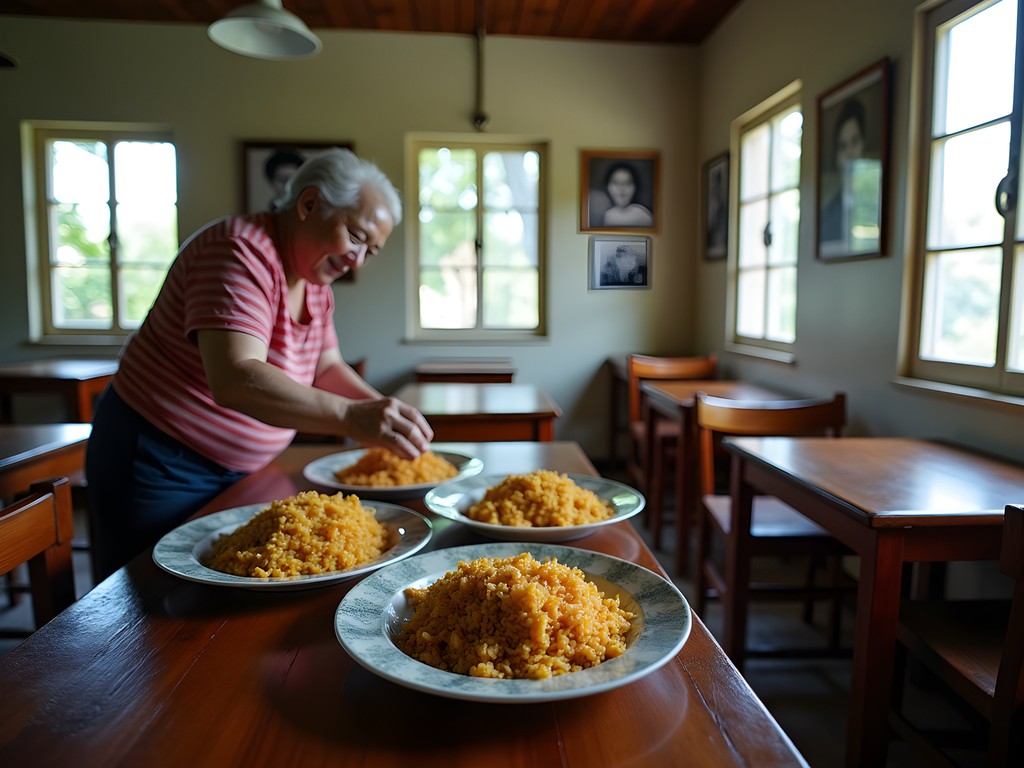
💡 Pro Tips
- Order family-style to try multiple dishes—portions are generous
- Try the housemade hot sauce but use sparingly—it's intensely spicy
- Visit between 2-5pm when the restaurant is less crowded and you can chat with the owners
Sweet Endings: Desserts That Tell Stories
No culinary journey would be complete without exploring sweet traditions, and Lelydorp offers remarkable diversity in its desserts—each reflecting a different cultural heritage while incorporating local ingredients.
My sweet adventure began at Tante Flora's, an institution that's been serving Creole desserts for over 40 years from what appears to be someone's front porch. The space is humble—plastic chairs under a zinc roof—but the flavors are extraordinary.
'My fiadu is made exactly how my grandmother taught me,' explained Flora, a spirited woman in her 70s, as she served me the molasses-sweetened cake. 'The secret is the cassava flour—we process it ourselves.'
The dense, moist cake carried complex notes of ginger, anise, and something I couldn't quite identify. When I asked, Flora smiled mysteriously. 'Some secrets stay in the family.'
Nearby, I discovered Marwina's stall specializing in Javanese-Surinamese sweets. Her spekkoek (layered spice cake) requires extraordinary patience to create, with each thin layer individually baked to create the characteristic striped appearance when sliced.
'It takes me four hours to make one cake,' she explained while cutting a perfect slice. 'Each layer has slightly different spices—cinnamon, cardamom, clove, nutmeg.'
The result was worth every minute of effort—a complex interplay of textures and flavors that revealed different notes with each bite.
Perhaps most fascinating was my discovery of Indigenous-influenced sweets at the Saturday market. A woman named Alida sold cassava-based treats sweetened with forest honey and local fruits I'd never encountered before.
'These fruits only grow in specific seasons,' she explained, offering me a sample of what she called 'maripa candy,' made from palm fruits. 'My people have been making these sweets for centuries, long before sugar came to Suriname.'
The candy—intensely sweet yet with complex fruity notes—offered a literal taste of pre-colonial Surinamese cuisine, a rare glimpse into flavors that have remained largely unchanged for centuries.
I documented these sweet discoveries in my food journal, complete with sketches and notes about ingredients and techniques, continuing my personal mission to preserve culinary traditions through documentation.
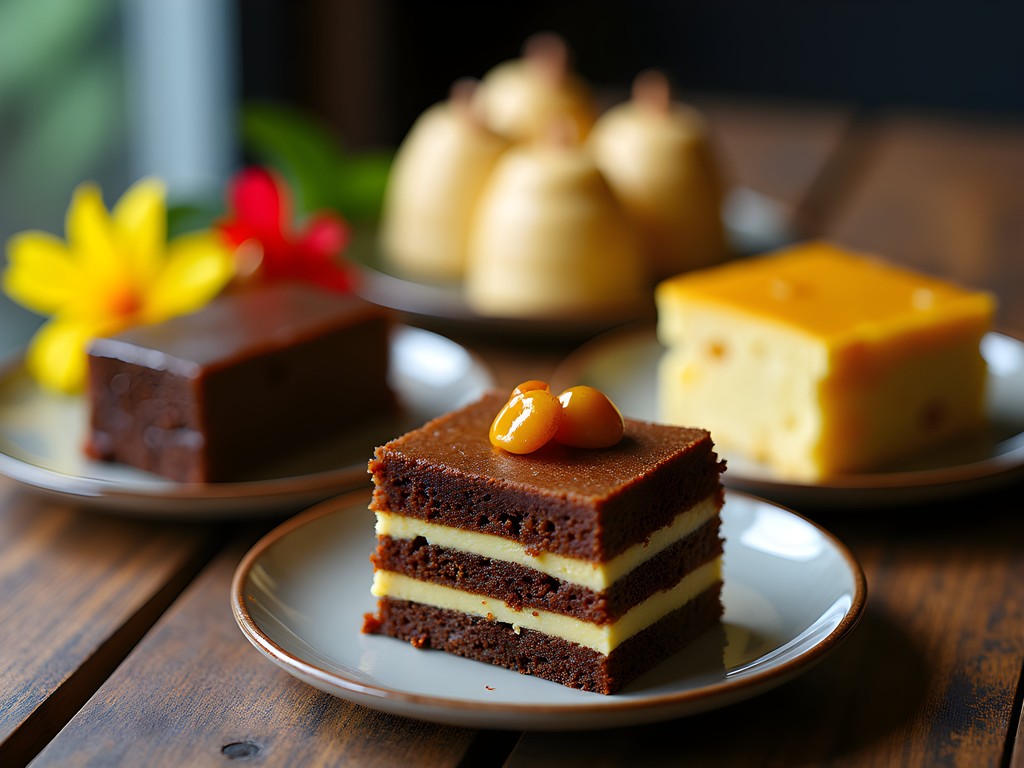
💡 Pro Tips
- Save room for dessert by planning a dedicated 'sweet tour' between meals
- Ask about seasonal specialties—many traditional sweets are only available at certain times of year
- Purchase extras to take away—most keep well for several days and make perfect travel snacks
Final Thoughts
As my weekend in Lelydorp drew to a close, I found myself sitting at a simple roadside stand, sipping tart tamarind juice and reflecting on the extraordinary culinary tapestry I'd experienced. What makes this unassuming town special isn't fancy restaurants or innovative fusion cuisine—it's the authentic preservation of traditions that have been carefully maintained through generations, each dish a living artifact of Suriname's complex cultural history. In a world increasingly dominated by homogenized food experiences, Lelydorp stands as a reminder that some of the most profound culinary discoveries happen in the most humble settings. All it takes is the willingness to venture beyond the guidebook, to sit at unfamiliar tables and ask questions that open doors to stories told through flavor. If you visit, come hungry not just for food but for connection—the real magic happens when you allow yourself to be guided by local recommendations, family histories, and the irresistible aromas wafting from unexpected doorways.
✨ Key Takeaways
- Lelydorp's culinary scene represents Suriname's diverse cultural heritage through authentic, family-run establishments
- The best food experiences come from following local recommendations rather than guidebooks or online reviews
- Understanding the historical context of dishes enhances the culinary experience and creates deeper connections
- Document recipes and techniques when possible—many traditional preparations are at risk of being lost
📋 Practical Information
Best Time to Visit
year-round (Saturday market is essential)
Budget Estimate
$15-30 per day for food
Recommended Duration
2-3 days
Difficulty Level
Intermediate

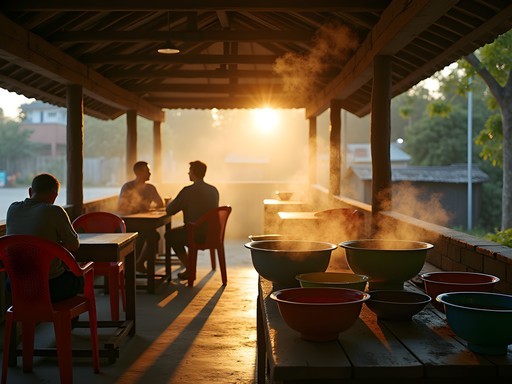
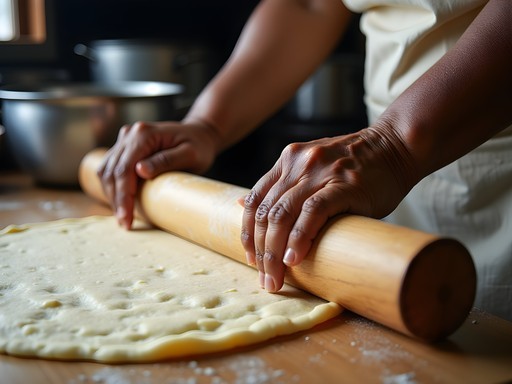
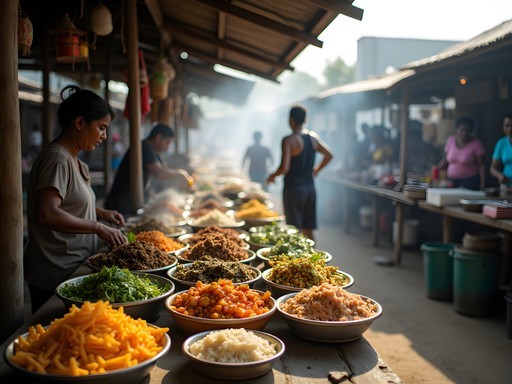






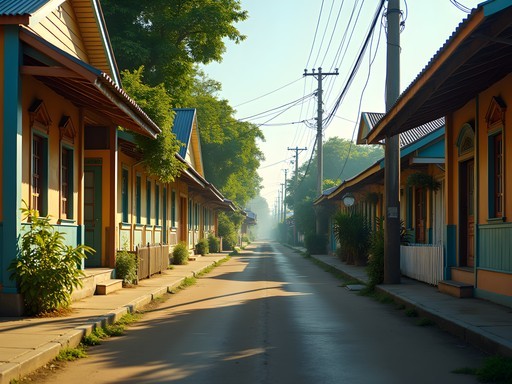


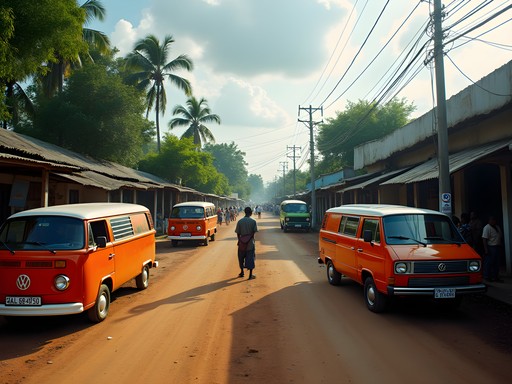

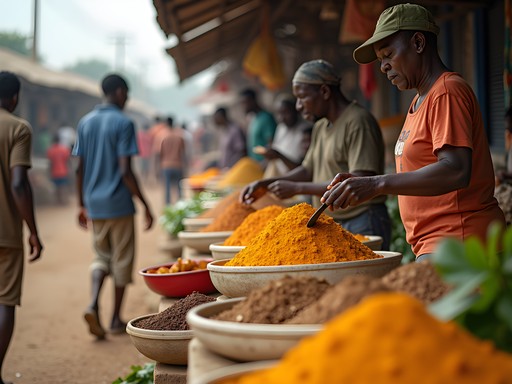
Comments
Marco Flores
Your post brought back so many memories! I spent two weeks in Suriname last year and Lelydorp was such an unexpected gem. The Javanese warung you mentioned - was it the one with blue shutters? The bakabana there changed my life, seriously! I also stumbled upon this incredible Chinese-Surinamese place where the grandmother still makes all the tjauw min by hand. One tip for anyone heading there: the Saturday morning market is when all the best food vendors show up. I went with my phrasebook which helped tremendously since many of the older vendors don't speak much English. The smoked fish with cassava is worth the trip alone!
springking
Marco - any recommendations for vegetarian options there? I'm heading to Suriname in a few weeks!
Marco Flores
Absolutely! Look for the Javanese gado-gado (amazing peanut sauce) and tempeh dishes. Also, many roti shops have pumpkin and chickpea options that are fantastic. The Chinese-Surinamese places usually have great tofu dishes too!
wanderlustninja
Those roti shops sound amazing! Definitely saving this post for my upcoming trip.
wanderwanderer
Is Lelydorp easy to reach from Paramaribo? Would you recommend it as a day trip or staying overnight?
nomadphotographer
Not the author but I did this trip recently! Super easy - just 30 mins by shared van from Paramaribo. We did it as a day trip but I wish we'd stayed overnight to try more food places!
Olivia Sanchez
Exactly what @nomadphotographer said! Day trip is doable but I stayed two nights and it was perfect for really exploring the food scene at a relaxed pace.
happybackpacker
Just added Lelydorp to my Suriname itinerary thanks to this post! Can't wait to try that tamarind juice!
springking
This post has me drooling! Did you try pom? I've heard it's a must-eat in Suriname but curious if it's better in Paramaribo or in smaller towns like Lelydorp?
Olivia Sanchez
Yes! I had amazing pom at a small place near the market in Lelydorp. It was homemade by a local family and honestly better than what I tried in Paramaribo. The chicken was so tender and the tayer root had that perfect crispy top layer. Definitely seek it out!
springking
Thanks for the tip! Adding it to my must-eat list for next month's trip.
Gregory Boyd
Brilliant post that took me right back to my time in Suriname! Lelydorp is such an overlooked gem between Paramaribo and the interior. That Chinese-Surinamese fusion section resonated with me - the moksi alesi (mixed rice) variations are fascinating cultural artifacts in themselves. Each family seems to have their own recipe! I'd add that timing your visit around one of the Hindu festivals adds another dimension to the food scene - the sweets and ceremonial dishes are incredible. Did you make it to any of the cassava processing spots outside town? The cassava bread-making process is mesmerizing.
mountainninja
Heading to Suriname next month! Which of those roti shops would you say is the most authentic? And is English widely spoken in Lelydorp or should I brush up on some phrases?
Olivia Sanchez
The one called 'Auntie's Roti Shop' (it's just a handwritten sign) near the main market is my favorite! Most people in restaurants speak some English, but learning a few Dutch or Sranan Tongo phrases goes a long way. I used my phrasebook constantly!
Hannah Woods
I visited Lelydorp last year and was blown away by the Javanese warung you mentioned! That bakabana (fried plantain) with peanut sauce was life-changing. Did you try the pom? It's this amazing Creole-Jewish casserole with chicken and taro root that I'm still dreaming about. The food diversity in such a small place is incredible - where else can you find Indian, Javanese, Chinese and Creole influences all within walking distance? Your post captures that beautiful culinary mosaic perfectly!
Olivia Sanchez
Yes! The pom was incredible - I actually have a whole paragraph about it that got cut for length. That taro root texture is so unique. Did you find that little place near the market that does the homemade tamarind juice?
Hannah Woods
I did! The older woman who makes it adds a hint of cinnamon to hers - so refreshing in that heat. Perfect with some bara (fried split pea cakes).
nomadphotographer
Those food photos are making me so hungry! The colors in the market day shots are incredible. Surinamese cuisine is so underrated!
Olivia Sanchez
Thanks! The market was a photographer's dream - so vibrant and full of life!
globelover
Those moksi alesi photos 😍 Bookmarked for my future trip!
Venture X
Premium card with 2X miles, $300 travel credit, Priority Pass